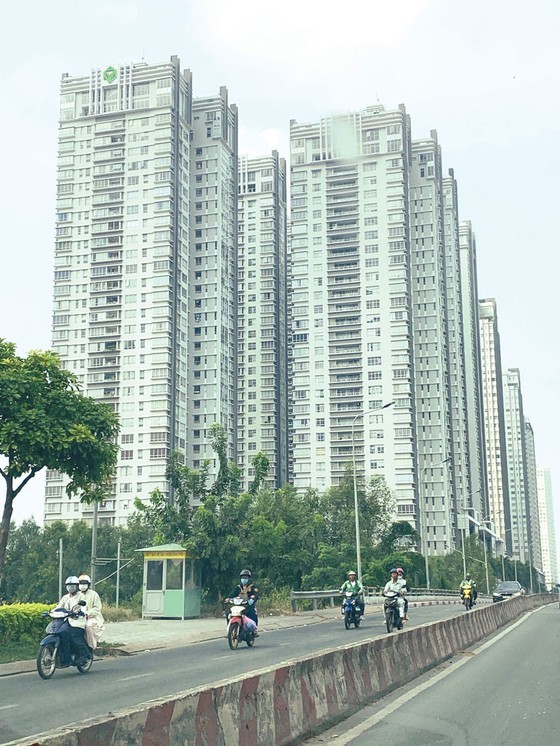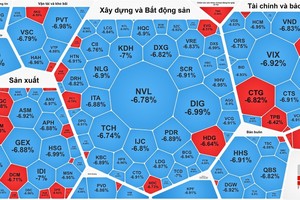
According to the Vietnam Association of Realtors (VNRea), in 2019 there were only 107,284 housing products on the market, accounting 61.5 percent compared to 2018, among which 72,828 were sold. Mid-tier housings accounted for 67 percent of the total supply, high-end housings 25 percent, and luxury houses 6 percent.
Most notably, the affordable segment only saw one new project in 2019, accounting for 2 percent of the total supply. Housing products that qualify as affordable are priced at about US$1.200 per m².
The house-to-person ratio in all segments as of the end of 2019 was 17 to 1,000, said real estate business JLL Vietnam.
The reason for this imbalance, said General Director of JLL Vietnam Stephen Wyatt, is that most investors are not keen on affordable housing projects as they get a considerable 25-30 percent profit from high-end and mid-end ones.
Moreover, supply in these segments has a slow growth rate, resulting in less competition, and the land budget for this segment is also very large.
Within the next two decades, Vietnam will reach a “golden population” period, where 25 percent of the population would age between 10 and 24. As a result, hopes are high that the average housing segment will receive more support from the Government.
According to the HCMC Department of Construction, the current housing area per capita is 19.91m² per person. Yet with rising prices, especially a 15-20 percent increase in condominiums, a large proportion of low-income people still have to live in cramped and old apartments.
In the future, the pricing limit for social housings should be removed to promote investment when land prices and project expenses continue to increase, said director of a HCMC real estate company.
“Though social housings have lower profit margins than commercial housings, their purchasing power is quite sustainable, and investors will be encouraged to develop this segment if state policies allow them more breathing rooms,” he added.
In the national housing development strategy to 2020 and vision to 2030, the Government plans to promote housing funding for low and middle-income people, whose land budget current sits at about 4 million m².
According to the Foreign Investment Agency under Ministry of Planning and Investment, there has been increased interest from Japanese, Korean, Singaporean and Chinese investors in affordable housing in Vietnam. However, projects with good potential are scarce since Vietnam’s real estate market are under Governmental strict control that deters most investors.
























